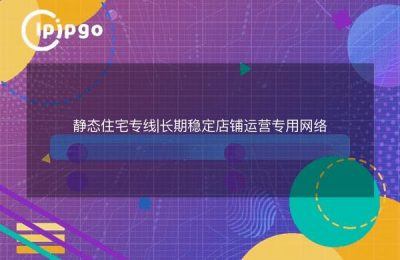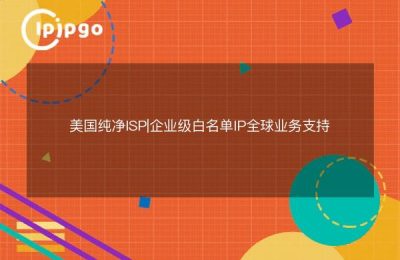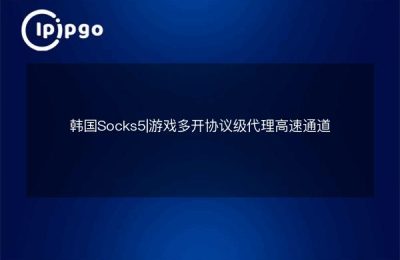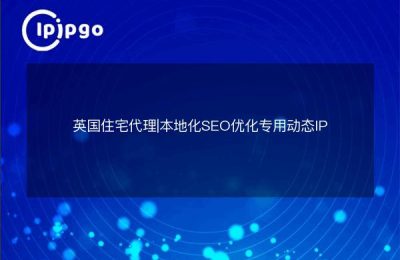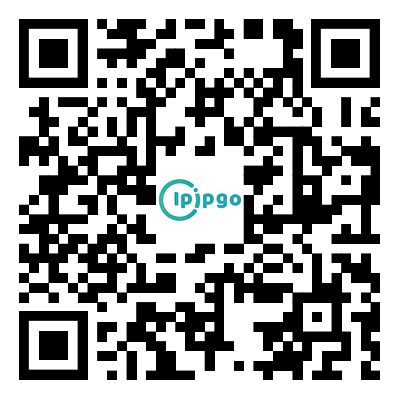
Understanding reverse proxies vs. port mapping: how are they really different?
In the world of the Internet, it's like each of us is traveling through a giant maze, searching for the path to our goal. And when you start getting into proxy IP, you may come across two concepts that sound similar but are actually quite different - reverse proxy and port mapping. These two terms are often confusing, but they actually each have different functions and usage scenarios. Today, we're going to break down these two concepts for you and find out exactly what the differences are. With this understanding, you may be able to navigate the online world with ease, as if you have a map of the maze.
Reverse Agents: Behind the Scenes
Reverse proxy, as the name suggests, the action of "proxy" usually refers to proxying a request, while "reverse" means that this is all for the back-end server. Among the common proxies, we commonly see forward proxies, where a user accesses an external server through a proxy IP. A reverse proxy, on the other hand, is "on the side" of the server, responding to the user's request instead of the server.
Imagine that a reverse proxy is like a smart doorman. You come to the front of the building and instead of letting you go straight in, the doorman first asks you which room owner you want to see. The doorman then goes to that owner for you and brings their response back to you. The request sent by the user does not reach the server directly, but first reaches the reverse proxy, which receives the request and then, based on the content of the request, selects the appropriate back-end server to process it and returns the result to the user.
The benefits of this approach are many, such as improved security, load balancing, accelerated response time, etc. It is simply the "invisible superman" in the Internet world. For example, proxy services such as ipipgo provide reverse proxy functionality to help organizations manage access traffic more efficiently and securely.
Port Mapping: Trails through the Labyrinth
Port mapping, on the other hand, is a different concept. It is the process of mapping a port on an intranet to a specified port on an extranet. In other words, port mapping is like assigning a key to a "room" on the intranet and giving that key to the extranet. At this point, external users can directly access specific services on the intranet through the specified port.
As an analogy, imagine you live in a large yard with many small rooms, each of which is occupied by a different friend. People on the outside don't know how to get in, but you have a special doorbell for each room, so all someone has to do is ring the right bell to get into your room and talk to you. Port mapping works like this, where an external request "knocks" on a specific port to gain access to a specific service on the intranet.
Compared to the versatility of reverse proxies, port mapping is relatively straightforward and is primarily used to expose a service to the outside world. This method is very common in business or home networks, especially when remote access to intranet devices is required.
Difference between the two: each has its own role
What exactly is the difference between a reverse proxy and port mapping? A reverse proxy is on the side of the server, while port mapping exposes specific ports on the intranet to the extranet. The former handles and distributes traffic through a proxy server, allowing for load balancing, security enhancements, and many other functions, while the latter is simpler and more straightforward, mainly enabling access to and connection of services.
If you want to proxy IPs to improve system security, share server pressure, or achieve efficient data flow, reverse proxy is definitely a better choice. In contrast, port mapping is more often applied to simplify external access, especially when establishing a connection between an intranet and an extranet.
Why choose ipipgo's proxy IP service?
As a leading brand of network proxy, ipipgo not only provides efficient and secure reverse proxy services, but also helps you easily cope with the traffic demand in different network environments. Whether you are building a security wall for your organization or improving the responsiveness of your business, ipipgo can provide you with a one-stop solution.
ipipgo's reverse proxy service allows you to easily optimize the load and responsiveness of your servers without changing your original architecture. With intelligent traffic distribution, it can save you a lot of bandwidth costs while protecting the security of your intranet. If you need more precise traffic control, ipipgo can also help you flexibly adjust your proxy strategy according to different needs.
summarize
Although reverse proxy and port mapping sound similar, they are actually fundamentally different in function and application. The former is suitable for scenarios that require flexible and secure handling of traffic, while the latter bridges the gap between the internal and external networks by directly exposing ports for specific services. When choosing a proxy IP service, different needs can correspond to different solutions. Service providers like ipipgo are able to provide you with the best proxy strategy according to the actual situation, which not only improves network security but also optimizes the operational efficiency of your business.
I hope that today's explanation can help you clarify the difference between reverse proxy and port mapping. After all, understanding these techniques can be like mastering a map to success, and go farther and more stable.

